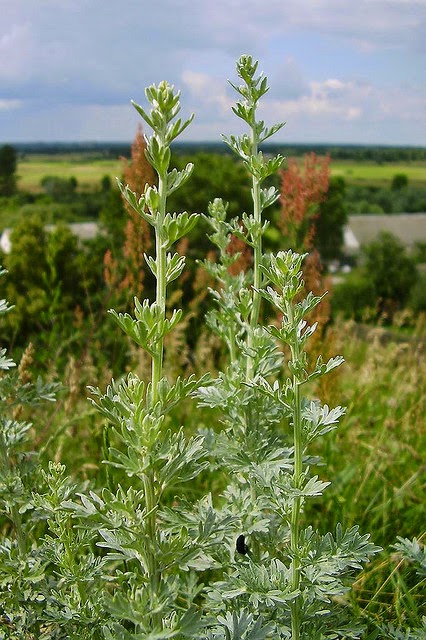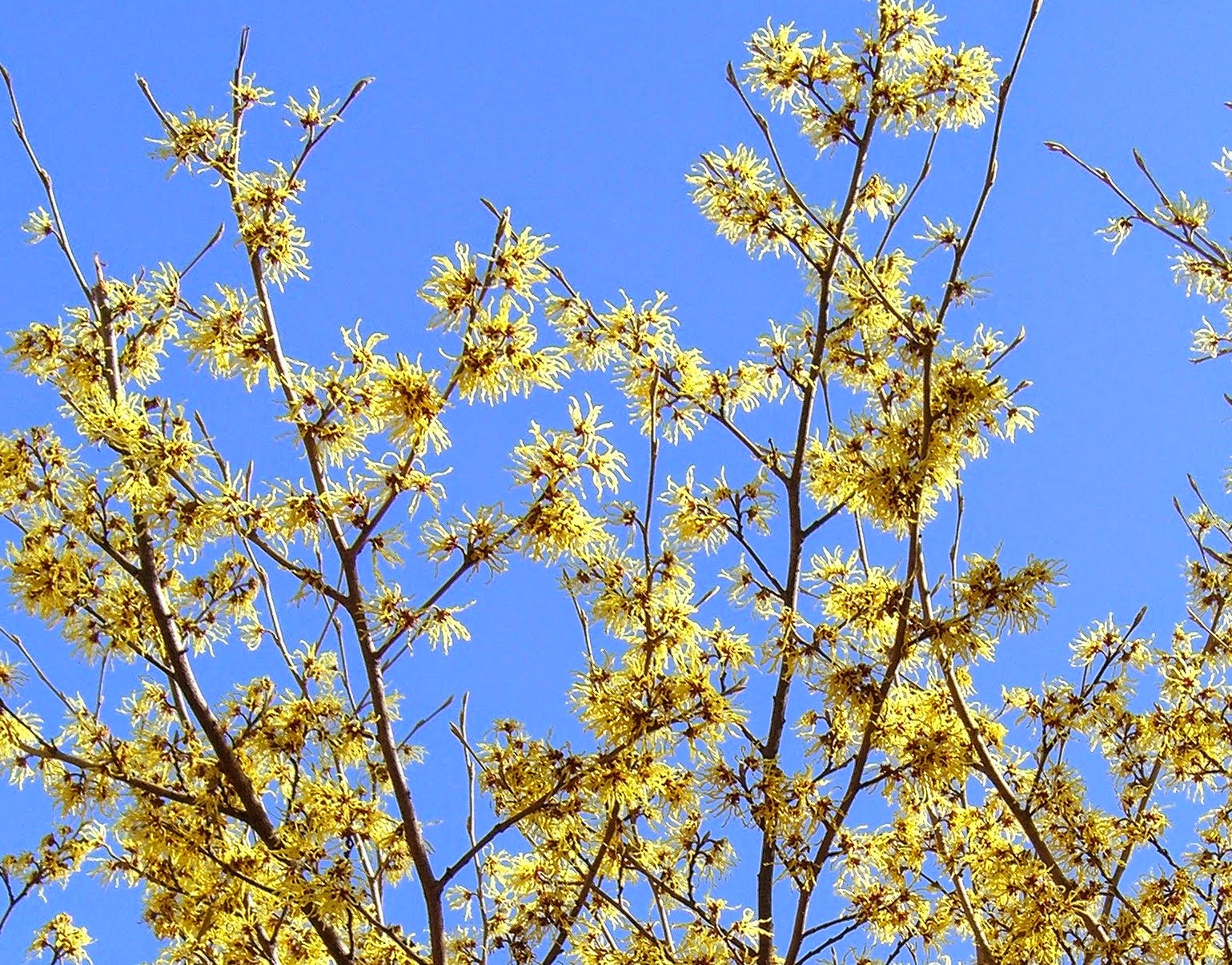Yarrow
 |
| Yarrow |
Yarrow (Achillea millefolium) is an aromatic member of the Asteraceae (Compositae) family. This perennial European native with lovely, fern-like foliage is also named millefoil, or thousand leaves, because of its finely-divided leaves.
There are many species and subspecies of yarrow, including a similar native American variety known as A. Millefolium var. lanulosa. Yarrow is naturalized through-out North America and can be found growing wild in meadows, fields, and along roadsides.
Introduced to North America by early colonists, yarrow soon became a valued remedy used by many tribes of indigenous people. American Shakers gathered yarrow for use in numerous medicinal preparations. The plant was listed in the official U.S. Pharmacopoeia from the mid- to late nineteenth century.
  |
Yarrow’s hardy rhizome, or underground stem, develops from underground runners as the extensive root system spreads. The lacy, finely-divided leaves are multi-pinnate, and grow alternately, clasping at the base along the simple, erect and angular stem. The feather-like leaves may reach 6 in (15.2 cm) in length.
They mound near the ground in early growth; then the slightly hairy stems reach upwards to 3 ft (0.91 m) in height during flowering. The tiny blossoms may be rose or lilac colored, or a creamy white; they flower from June until October. Yarrow blossoms grow in flat-topped composite clusters at the top of the stems.
Human relationships with this healing plant reach back to ancient times. The fossilized pollen of yarrow has been found in Neanderthal burial caves from as far back as 60,000 years.
Yarrow has long been associated with magic and divination, and is considered by some folk herbalists as a sacred plant with special spiritual powers to offer protection. Yarrow stalks are traditionally used to cast the I Ching, the Chinese book of prophecy. The herb was also believed to be useful in love charms and in conjuring.
One folk name for yarrow is devil’s nettle. Other names include bloodwort, carpenter’s weed, sanguinary, staunchweed, dog daisy, old man’s pepper, field hops, nosebleed, knight’s milfoil, soldier’s woundwort, and military herb. Yarrow accompanied soldiers into battle and was relied upon for its hemostatic action to treat wounds.
This use may have been the source of yarrow’s generic name, taken from the legend of Achilles. The Greek pahlawan is said to have used yarrow in the Trojan War to staunch the blood flowing from the wounds of fallen comrades. Yarrow was used in battle-field first aid as recently as World War I (1914–1918).
General use
Scientists have identified over one hundred active chemical compounds in yarrow, including the intensely blue-colored azulene derivatives found in the essential oil of yarrow and at least two species of chamomile (Chamaemelum nobile (L.) and Matricaria recutita).
Other chemical constituents in yarrow include lactones, flavonoids, tannins, coumarins, saponins, sterols, sugars, a bitter glyco-alkaloid, and amino acids. The aerial parts of yarrow, particularly the wild white-flowered variety, are most often used in medicinal remedies.
External uses
Yarrow is well known for its wound healing capabilities, particularly in staunching the flow of blood. The herb is considered a vulnerary and hemostatic with antiseptic and antibacterial properties. The astringent action of the leaf, when inserted into a nostril, may stop a nosebleed.
An infusion of the leaf, stems, and flowers will speed the healing of rashes, hemorrhoids, and skin ulcers. Dried and powdered yarrow sprinkled on cuts and abrasions may also facilitate healing. Native Americans used yarrow in poultice form to treat skin problems. Infusions of yarrow have been used as a hair rinse in attempts to prevent baldness.
Internal uses
In folk medicine, freshly gathered yarrow root mashed in whiskey was used as a primitive anesthetic. Yarrow has also been used to stop internal bleeding, and as a bitter digestive tonic. Its emmenagogic action promotes the flow of bile. Yarrow tea taken warm acts as a diaphoretic, or medication given to induce sweating.
It is particularly beneficial in the treatment of fever, colds, and influenza, as well as the early stages of measles and chickenpox. The essential oil, extracted by steam distillation of the flowers, is dark blue in color and has anti-inflammatory, anti-allergenic, and antispasmodic properties.
Fresh yarrow leaf chewed slowly is said to relieve toothache. The herb has also been used to induce nosebleed in an attempt to relieve migraine headache. Yarrow appears to be beneficial in reducing high blood pressure. Flavonoids in the herb act to dilate the peripheral arteries and help to clear blood clots.
Preparations
 |
| Yarrow diagram |
Yarrow should be harvested while the herb is in flower, on a dry day after the morning dew has evaporated. The leaves, stems, and blossoms are all used medicinally. The leaves should be cut from the stems and spread out on a paper-lined tray to dry in a bright, airy room, out of direct sunlight.
Blossoms may be left on the stems and hung in small bunches upside-down in a very warm room. Dried flowers should be stored separately, and dry stems cut into small segments before storage in an airtight, dark glass container, clearly labeled to indicate the contents and the date and place of harvest.
Leaf infusion: Place 2 oz of fresh yarrow leaf, less if dried, in a warmed glass container. Bring 2.5 cups of fresh, nonchlorinated water to the boiling point and add it to the yarrow. Cover. Steep the tea for 10 to 15 minutes, then strain. Drink warm or cold throughout the day, up to three cups per day. The prepared tea can be stored for about two days in the refrigerator.
Tincture: Combine 4 oz of fresh yarrow leaf and stalks cut fine (or 2 oz dry powdered herb) with 1 pint of brandy, gin, or vodka in a glass container. The alcohol should be enough to cover the plant parts and have a 50/50 ratio of alcohol to water.
Cover and store the mixture away from the light for about two weeks, shaking several times each day. Strain and store in a tightly capped, clearly labeled dark glass bottle. A standard dose is 10 to 15 drops of the tincture in water, up to three times a day.
Precautions
 |
| Rose colored yarrow |
Yarrow may have a cumulative medicinal effect on the system. Patients should avoid the frequent use of yarrow in large doses for long periods of time. Yarrow is a uterine stimulant; pregnant or lactating women should therefore not use the herb internally.
Side effects
People with allergies to ragweed, another member of the Asteraceae family of plants, may also want to avoid taking yarrow internally. In some cases yarrow may cause skin rashes or photosensitivity after ingestion.
Interactions
No interactions between yarrow and standard pharmaceutical preparations have been reported.
















